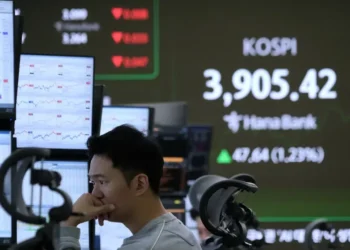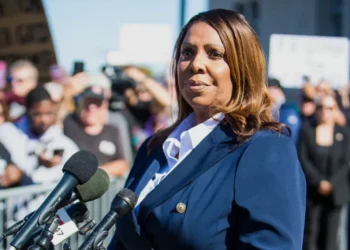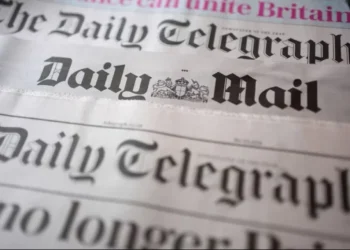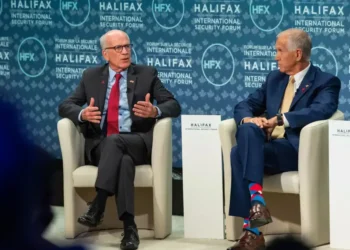Trump Threatens China with New Tariffs Starting February 1st
President Donald Trump has issued a new warning that additional tariffs could be imposed on Chinese imports as soon as next week. In a press conference held on Tuesday, Trump signaled his intention to place a 10% tariff on all Chinese goods, marking a significant escalation in the ongoing trade tensions between the U.S. and China. The announcement is set to take effect as early as February 1.
A Shift in Tariff Strategy
This move comes just a day after Trump threatened 25% tariffs on Mexico and Canada, though he refrained from escalating trade tensions with China at that time. Instead, he pointed to the tariffs imposed during his first term under former President Joe Biden, noting that many of these taxes on Chinese goods remain in place.
It’s unclear what prompted Trump’s sudden focus on China, but he had previously campaigned on a promise to impose tariffs as high as 60% on Chinese imports. On Tuesday, Trump tied the potential tariffs to concerns about fentanyl trafficking from China, noting that the deadly drug is being funneled through Mexico and Canada into the U.S.
Fentanyl Crisis and Trade Leverage
Trump emphasized that his talks with Chinese President Xi Jinping had touched on the fentanyl issue, with Trump demanding that China take stronger action against the drug trade. “We don’t want that crap in our country,” Trump stated, referring to the illegal drugs being sent from China. “We’ve got to stop it.” While Trump did not explicitly demand China execute drug dealers, he pointed to a prior agreement where China had agreed to impose the death penalty for those caught smuggling drugs into the U.S.
The potential tariff increase, according to Trump, could serve as leverage to push China to address the fentanyl problem more effectively. However, this new tariff plan has raised concerns among economists and investors, especially since it could disrupt the global trade system.
Trump’s Broader Economic Strategy
On Monday, Trump signed an executive order instructing key U.S. officials to investigate America’s trade deficits with foreign nations. The order also calls for a review of existing trade agreements, including the U.S.-Mexico-Canada Agreement (USMCA), which Trump negotiated during his first term. The review aims to explore how to better address issues like fentanyl trafficking and undocumented migration.
Despite this action, the order did not specifically call for a tariff increase. Trump had previously proposed sweeping tariffs on imports, including up to 60% on Chinese goods, 25% on products from Mexico and Canada, and 20% on imports from all countries. While these measures were largely rejected or diluted during his first term, Trump has continued to push for stricter trade policies.
Market Reactions and Economic Team Divisions
Trump’s tariff threats have caused significant fluctuations in the financial markets. The Dow Jones Industrial Average surged more than 500 points on Tuesday, a sign of relief that the tariff decision had been delayed. Wall Street is typically opposed to tariffs, as they raise the cost of goods for businesses and consumers, potentially fueling inflation—something the U.S. is still grappling with following years of economic disruption.
There has been internal debate within Trump’s economic team on the best approach to tariffs. Some advisors, such as Scott Bessent, the nominee for Treasury Secretary, and Kevin Hassett, his pick for National Economic Council chair, have advocated for a more cautious strategy. Others, including trade hawks like Peter Navarro and Howard Lutnick, have pushed for aggressive tariffs to send a clear message to China and other trading partners.
What’s Next?
Though the specific details of Trump’s new tariff policy are still uncertain, he has been actively rallying support from Capitol Hill allies for his tariff plan. With the February 1 deadline looming, the coming days will likely see further developments as Trump attempts to leverage tariffs for economic and political gain.
This article was rewritten by JournosNews.com based on verified reporting from trusted sources. The content has been independently reviewed, fact-checked, and edited for accuracy, neutrality, tone, and global readability in accordance with Google News and AdSense standards.
All opinions, quotes, or statements from contributors, experts, or sourced organizations do not necessarily reflect the views of JournosNews.com. JournosNews.com maintains full editorial independence from any external funders, sponsors, or organizations.
Stay informed with JournosNews.com — your trusted source for verified global reporting and in-depth analysis. Follow us on Google News, BlueSky, and X for real-time updates.














